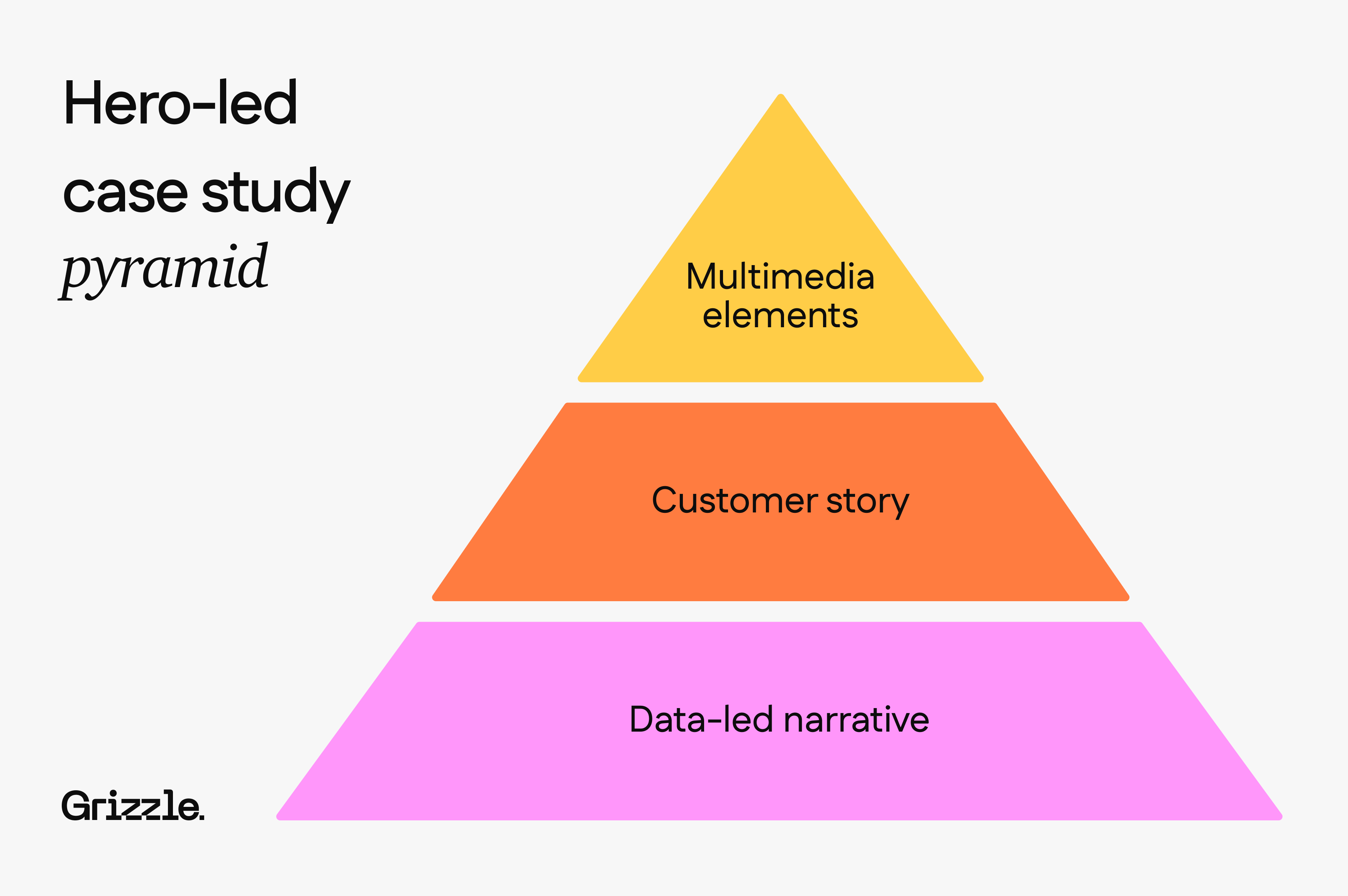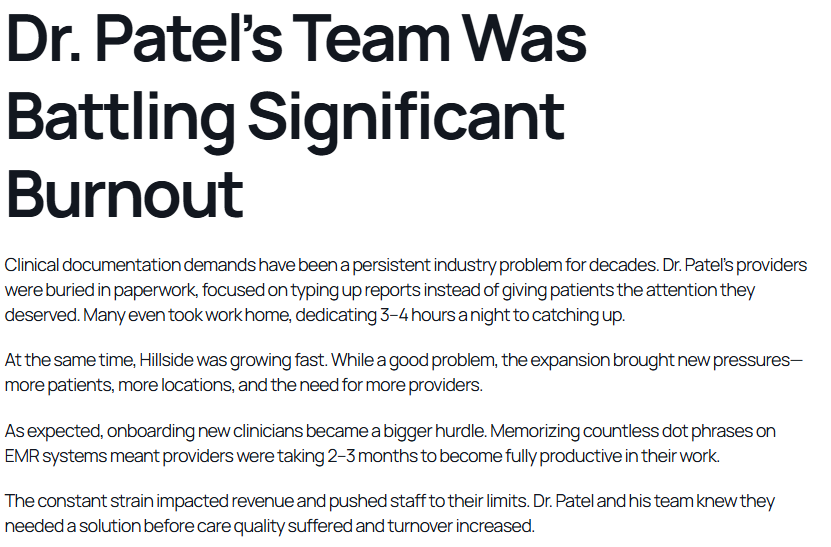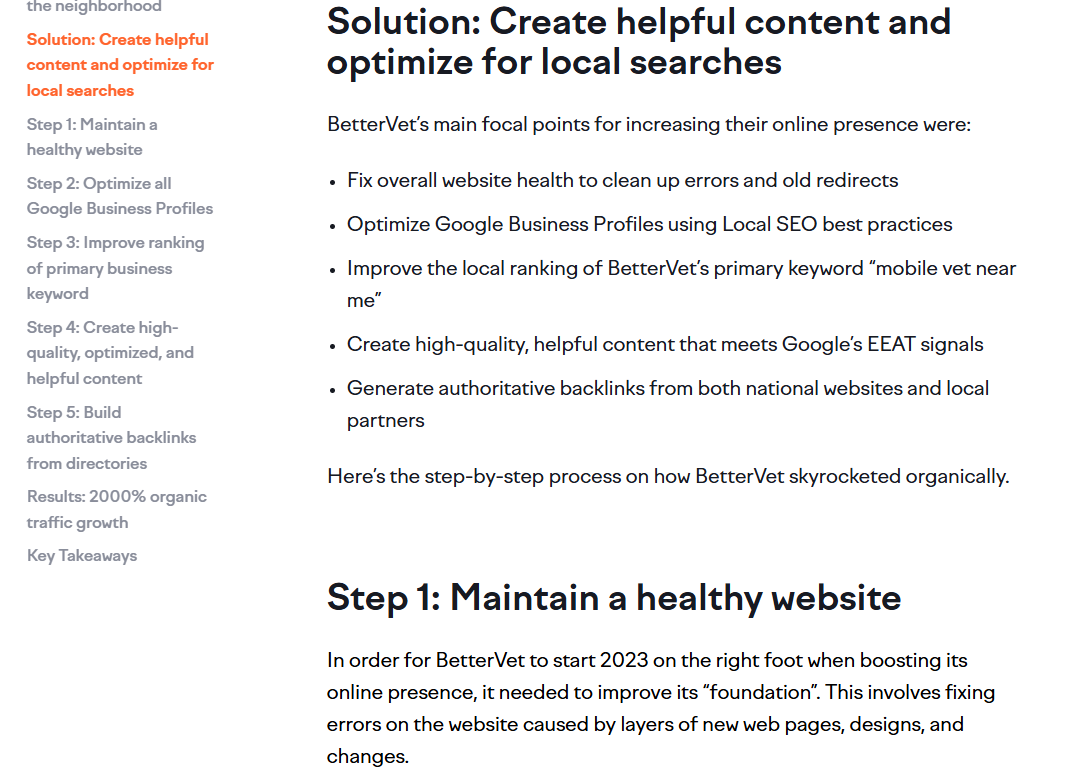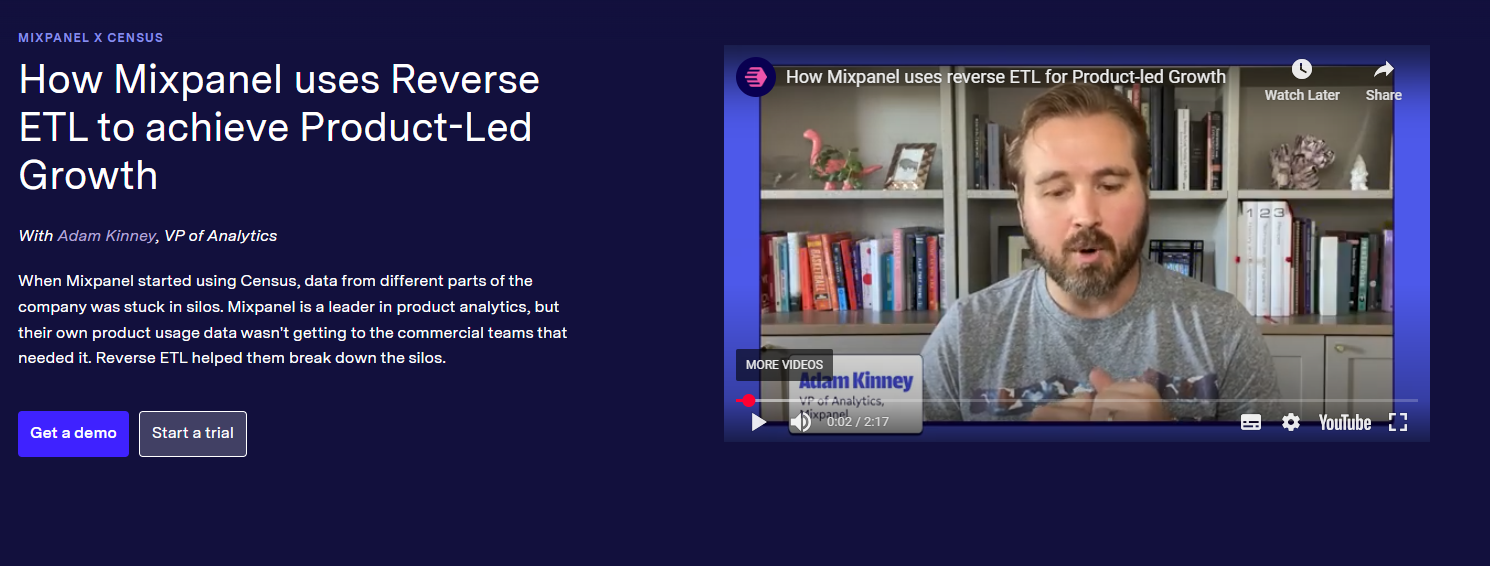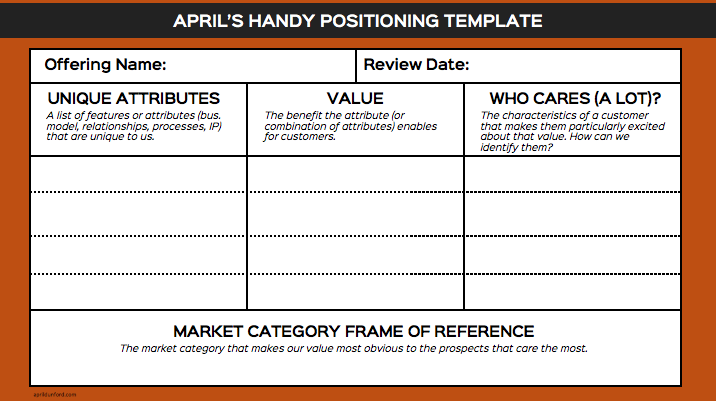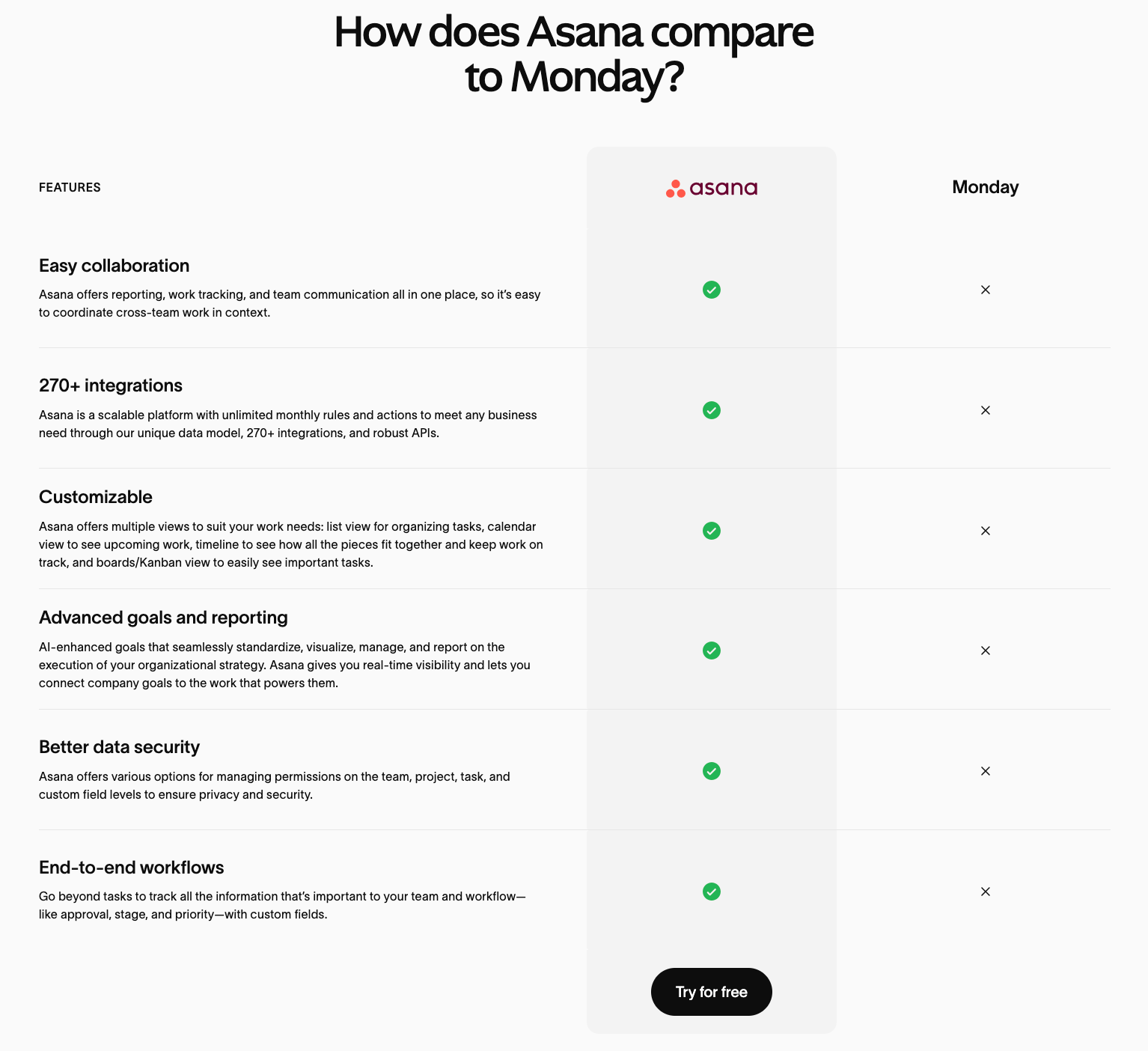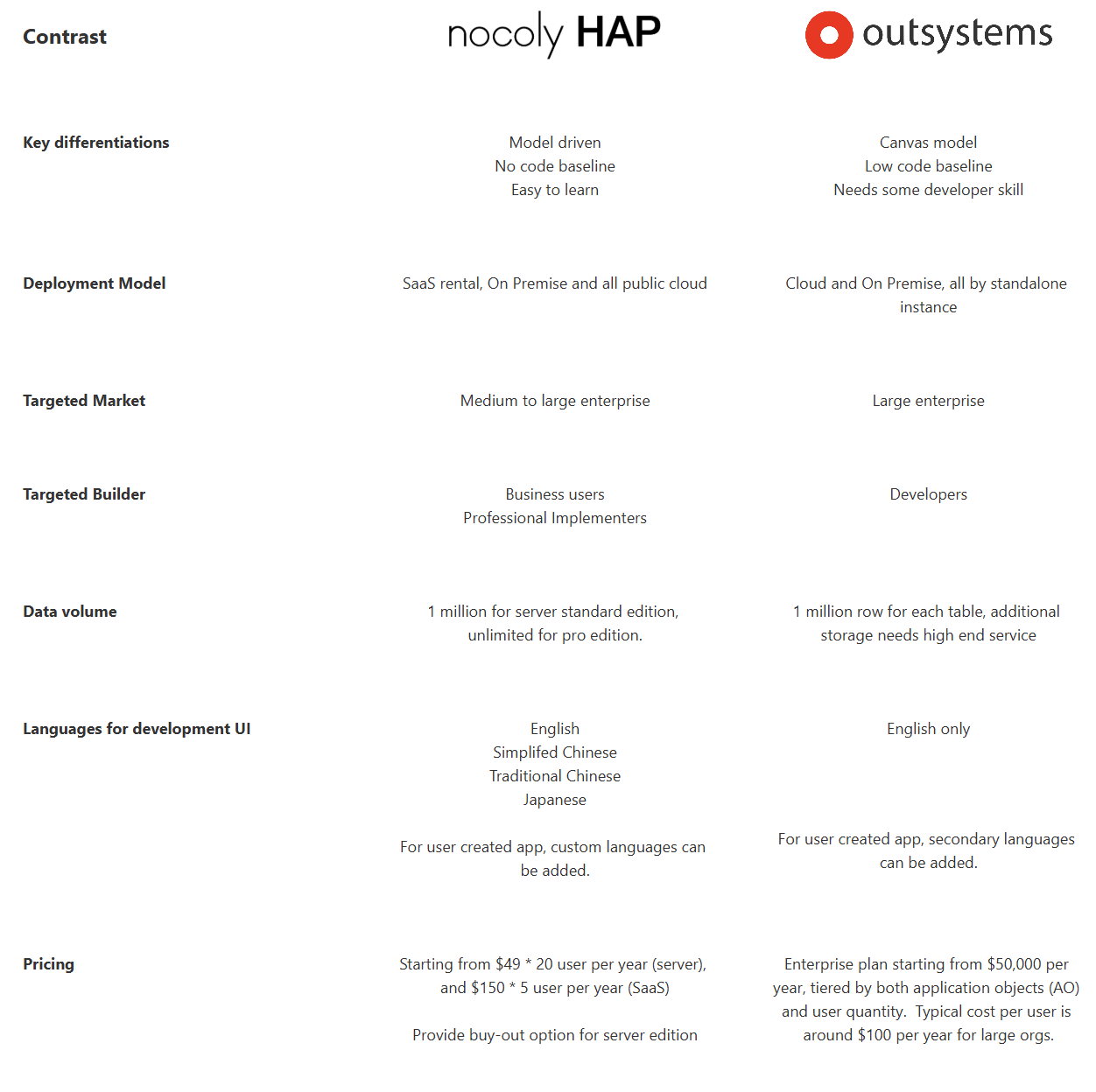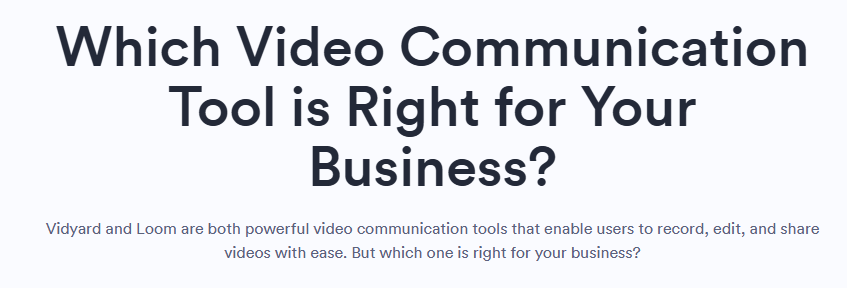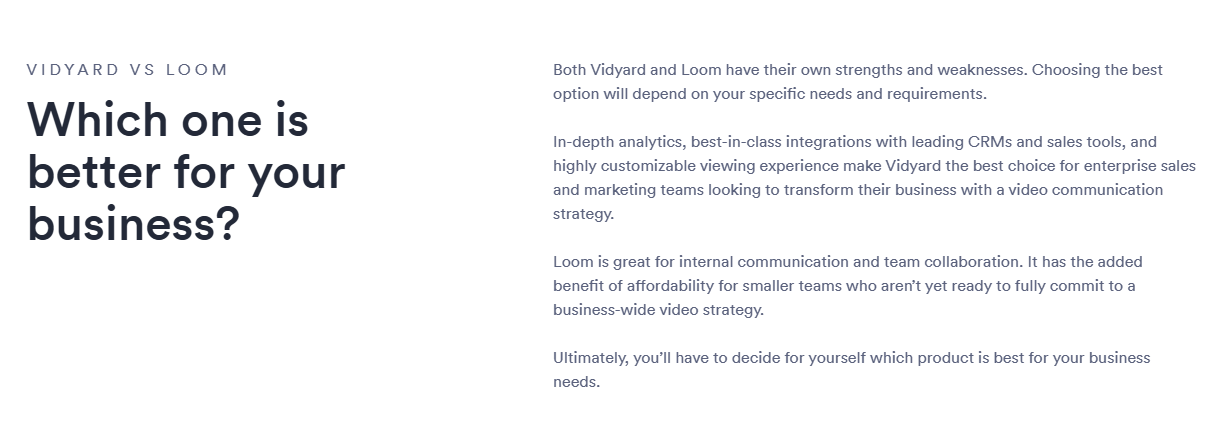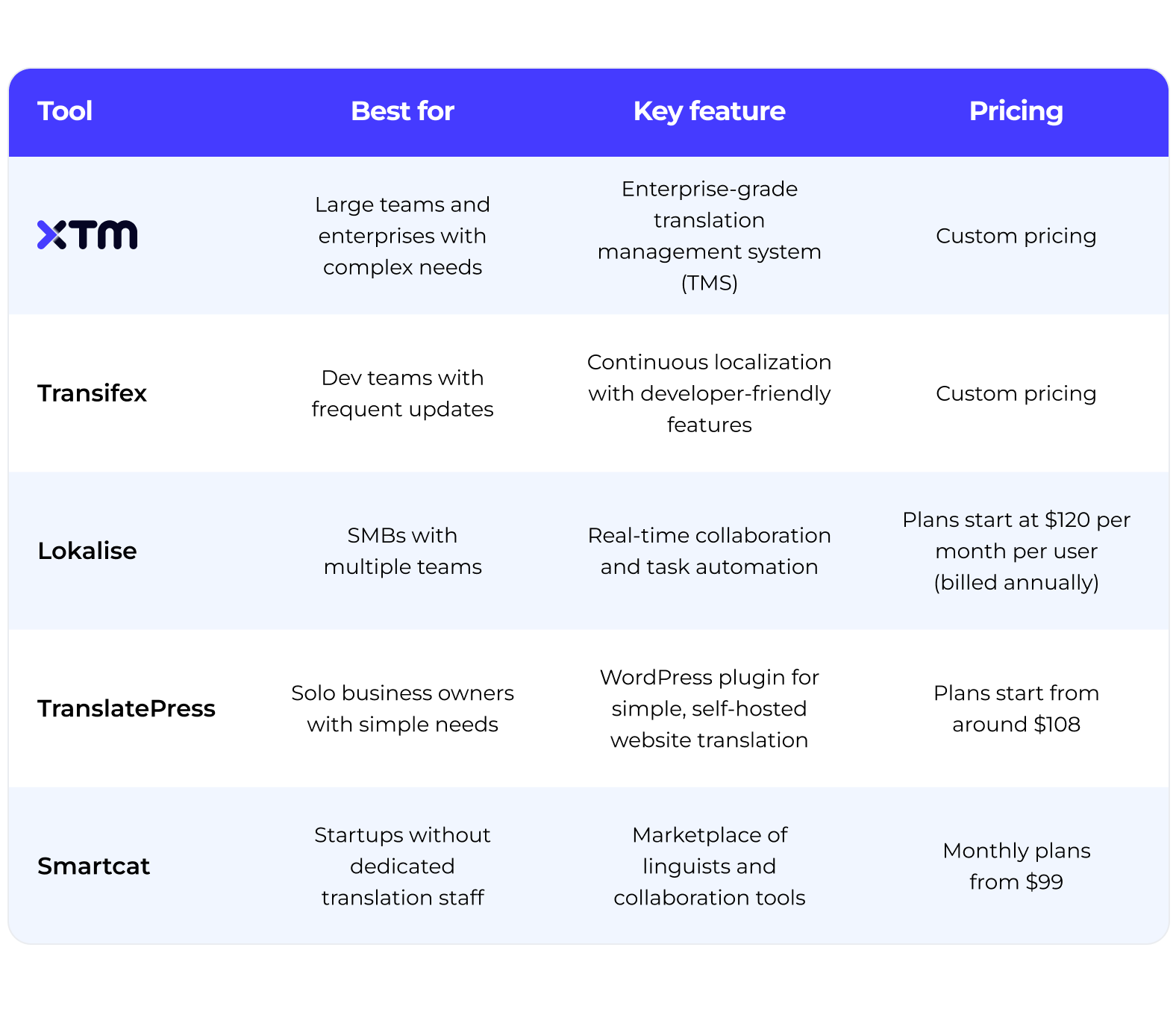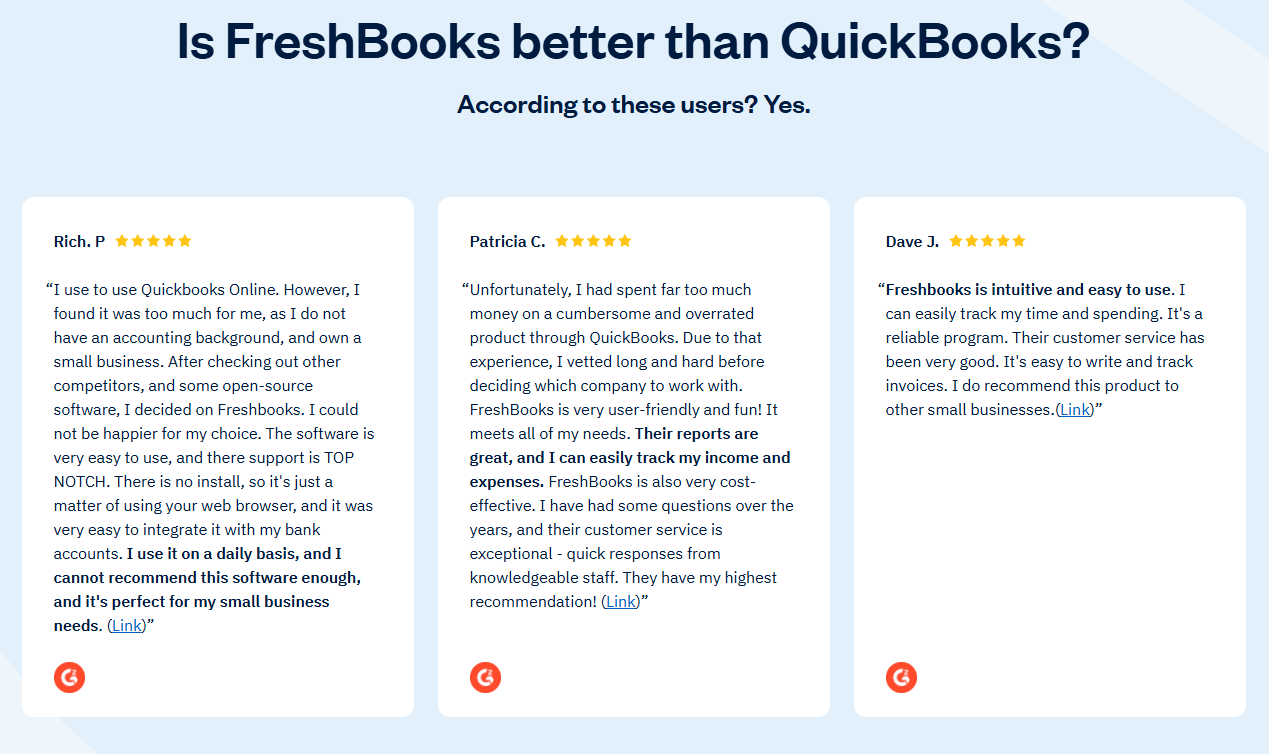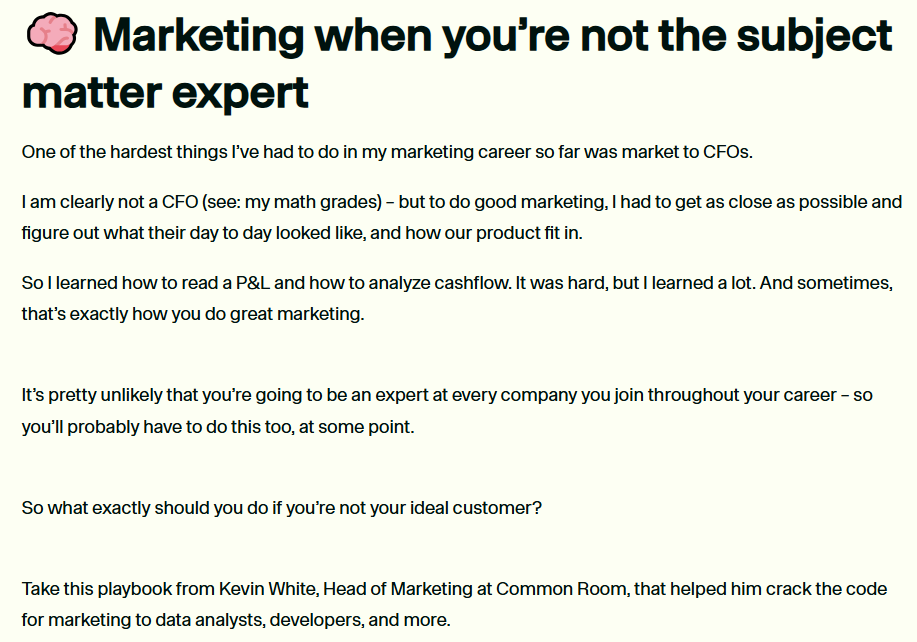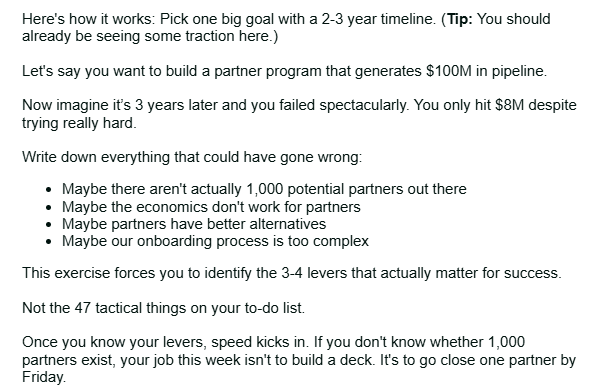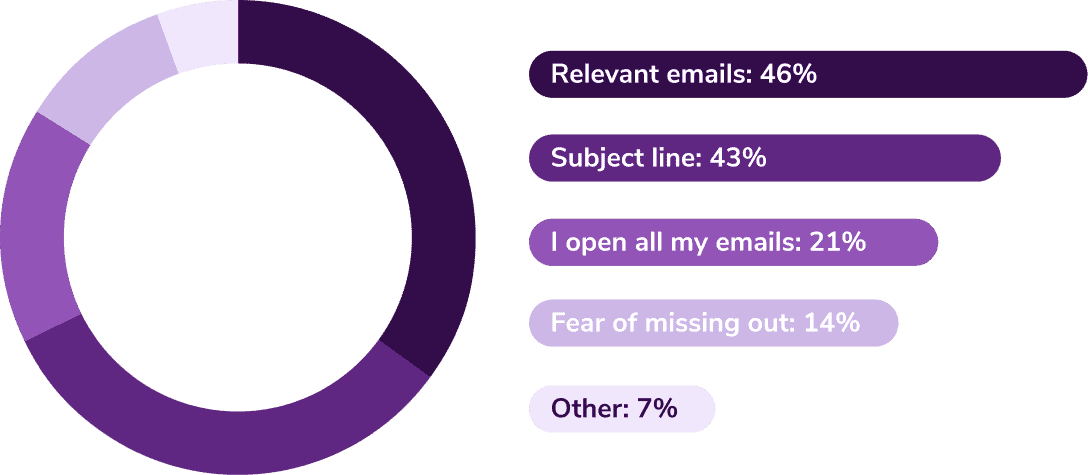In this article, we go beyond content marketing basics and cover the principles behind content that generates a high average time on page, builds emotional resonance, and drives conversions. I also share before and after examples of edited content and show how small changes can make a big impact.
1. Create emotion-driven content to plant persuasive seeds
Your content is an asset that will help you achieve a goal, like increased conversions, more website traffic, or credibility that lands you in the consideration set.
But what job-to-be-done (JTBD) does it fulfill? How can you strategically motivate, empower, and influence the decision-making process—even in long sales cycles?
If your messaging doesn’t align with readers’ JTBD, it won’t resonate. Attempting to connect with or persuade readers solely with logic and data discounts the emotional motivators behind buying decisions.
Emotional motivators are future-based desires. They range from wanting to grow confidence to feeling a sense of belonging to building a successful business..
Consumers feel most aligned with their favorite brands when they experience trustworthiness (83%), integrity (79%), and honesty (77%). But even when a brand is trusted, it often still fails to speak to its customers’ emotional drivers.
This missed opportunity costs money. Fully connected customers are 52% more valuable:

Emotional drivers vary based on your brand, category, customers, customer segments, and stage of the buying cycle. Conduct research (surveys, phone calls, data-driven insights) to uncover the key motivators that drive your audience, then execute emotion-driven content.
Here are a few ways to do that:
Inject storytelling into your narrative
It helps to think of your content as a conversation between yourself (the narrator) and your audience (the reader).
The bridge is storytelling, which is all too often left out of a data-driven narrative:
“Content that relies only on data to tell your story can end up falling flat. Worse, it can overtake the heart of the matter—creating stories that align with your strategy and speak on behalf of your brand.”
To get to the heart of the matter, return to your emotional motivator research to answer:
- What keeps your audience up at night?
- What do they dream about doing/achieving?
- What makes them trust information and what makes them wary?
- What kind of content do they find compelling, and why?
- What’s their primary JTBD and what emotional driver is that tied to?
As you build your story, continuously confront your readers' pain points or desires. This will create a personalized experience that helps them understand, connect with, and trust your solutions.
For example, Patagonia’s audience is primarily driven by the desire to feel a sense of belonging and to protect the environment. The team behind the outdoor brand knows how critical it is, therefore, to make their audience feel like they belong.
I wrote about how they do this in an article on storytelling for the CXL blog:
“Their Climbing Stories, for example, showcase anecdotal experiences, often told in the first person. They’re full of tips and tricks, practical methodologies, and recommendations. Stories from the mountains, as told by Patagonia’s customers themselves.
Emotionally, they make the reader feel like they’re part of something bigger. Practically, they inspire new and improved purchases to solve a challenge (e.g. how to pack for alpine climbing).”
Patagonia cleverly builds trust and resonance by creating a space where their customers can tell stories to each other.
Lavender, an AI email assistant software, also masterfully uses storytelling to connect with its audience. At time of writing, they’ve grown to 26,000+ followers on LinkedIn by posting humorous videos that are universally relatable.
Their target audience is sales reps, who’s biggest pain point (and barrier to success) is getting their emails ignored.
Watch how they address this common struggle, and position Lavender as the hero, in this short yet brilliant video:
If you’re already a fan of Lavender, this makes you smile because you’ve experienced a massive uptick in email opens like Kyle Coleman:
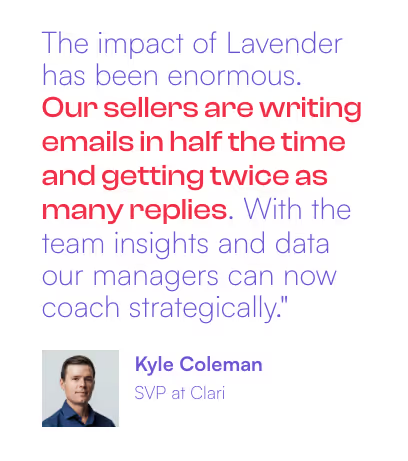
If you’re a potential customer, this makes you curious and eager to see if what they’re boasting holds truth.
Storytelling, whether owned or leveraged, is only one way to plant persuasive seeds. Let’s look at another.
Spike emotional resonance with creativity
When everyone sounds like each other, people are drawn to innovative ideas. Creativity is a strong way to differentiate and create memorable content that stays top of mind.
Done right, it entices audiences to think in new ways, consider new concepts, and overcome skepticism. When you offer value in a way that no one else does, it builds trust, which is paramount in gaining a competitive advantage.
However, if you recall, trust alone won’t move the needle. You need to use creativity to speak to those high-impact motivators that drive purchases.
One way to do that is to bring experts into the conversation. Sounds simple, but many content marketers still rely solely on third-party data to drive first-person narratives.
SMEs can help you find unique angles, make contrarian points, or speak to why established norms work so well.
They’re also personalization powerhouses. Hearing how a like-minded expert approaches a problem, overcomes a boundary, or achieves a desired outcome makes it easier to picture doing the same thing in your own life. It humanizes the topic—in turn, humanizing the brand.
For example, Semrush has a customer segment that’s driven by a desire to succeed at work and in their personal lives. To speak to those drivers, they need to make their customers feel that by using their product, they can lead more meaningful lives.
They did just that in a newsletter that shared SME insights through an emotive storytelling lens. Told through the eyes of SME Gaby: SEO by day, DJ by night:
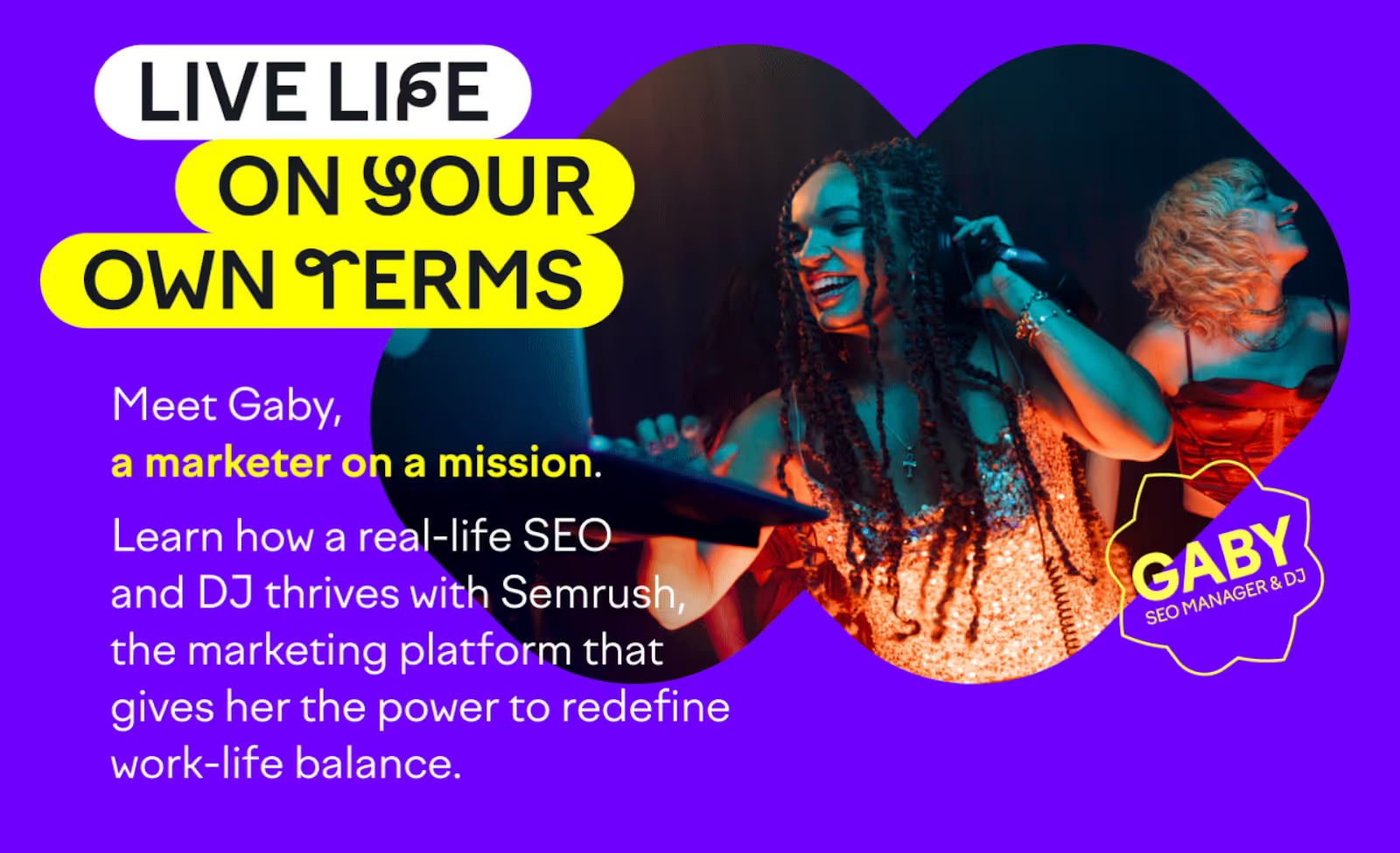
Gaby lives life on her own terms—an image that evokes freedom and worth. Through Semrush, Gaby can redefine her work-life balance and experience the best of both worlds.
While Gaby doesn’t share any expert tips per se, her position (SEO specialist at Peacock) and lifestyle (thriving DJ and aspiring producer) is creatively positioned to add credibility to the conversation.
It’s a masterclass in spiking emotional resonance. Anybody with a desire to live life on their own terms will feel inspired to check out how Semrush can aid their journey.
2. Drive your points home with relatable examples
Want to kill emotional resonance before it has a chance to work its way into the subconscious and influence decisions?
Brands devote countless hours to strategy and research, only to miserably underperform on execution. They’re proud that they’ve come up with a solid roadmap, but refuse to spend the necessary time building editorial standards that will allow them to produce high-quality content at scale.
One of the biggest differences between mediocre and valuable content is the ability to overcome the generalization gap:
Too many content marketers make a point and then leave the reader hanging. Where's the takeaway, example, or actionable advice?
Yes, content needs to be skimmable . Even if your reader is lazy or in a rush, you shouldn’t be.
Explain the “why” behind the “what” to remove guesswork and add value
Never miss a chance to explain your point further. That could leave the reader guessing and motivate them to find the "why" somewhere else.
For example, if you write a sentence like, “X is especially true because of Y”, you need to explain why Y matters.
Take this before and after as a case in point.
Before: “It's clear that the user experience Podia facilitates is valuable, particularly in a mid-pandemic world."
Ok, but why?
After: “It's clear that the user experience Podia facilitates is valuable, particularly in a mid-pandemic world where people have extra time, a desire to learn something new, and an unparalleled impulse to connect with others."
Most people can relate to feeling isolated and yearning to connect during a pandemic. Now, you’ve not only explained why, but you’ve connected with your audience on that crucial emotional level.
This adds a human element to your content. It’s what helps you go beyond the role of a robotic business trying to sell something to make a profit. It shows that you understand because you feel it too.
Nobody wants to feel like they're being sold to. Everybody wants to feel seen and heard.
Similar to how sales superstars master the art of connecting with their prospects on a personal level, use specificity to drive authentic connections.
Show, don’t tell to prove authenticity
These days, “take my word for it” doesn't fly. Not when social proof and word of mouth influence buying behavior, purchasing decisions, and brand loyalty above all.
A Deloitte study finds that, in order to bring authenticity into the digital age, you need to lead with purpose and center the human experience:
“Purpose answers an all-important question, ‘Why does a company exist?’—and the answer can serve as the beacon for all organizational decision-making.”
To prove authenticity, make sure to demonstrate exactly how you accomplish your goals. If you have permission, inject social proof by centering a real customer story that personalizes your data.
For example, Co-Founder and Co-CEO Alina Vandenberghe understood the power of a strong brand before she started Chili Piper. Its brand has managed to differentiate amongst steep competition like Salesforce.
Peep Laja of CXL writes:
“I've been watching the meteoric rise of Chili Piper. So many lessons to be learned from this company.
Their net revenue retention is super high (which also landed them an amazing valuation during their series B, like a 20x multiplier on ARR).”
Alina Vandenberghe wrote an article on how they built the brand from the inside out. She doesn’t simply talk about the journey, she gives specific examples of how they skyrocketed brand awareness and audience building:
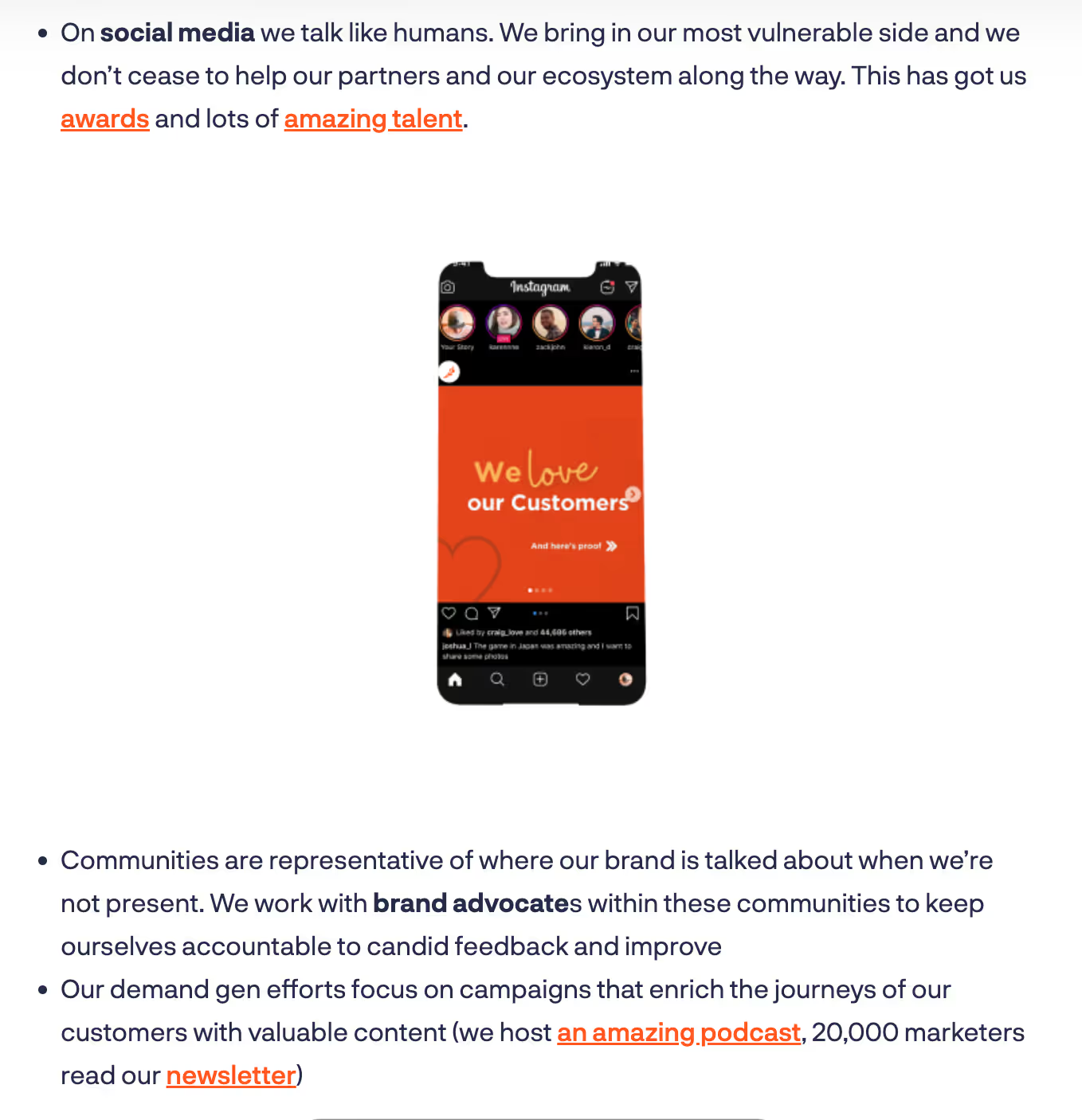
Authentic content often correlates with transparency. When you give away your ‘secrets’ for free, people feel more connected to your purpose and want to come along for the ride.
3. Declutter your copy and avoid redundancy
This may seem basic, but even advanced content writers struggle with wordiness and redundancy.
We all have publishing deadlines breathing down our necks. But if you’re starting to feel like you’re prioritizing quantity over quality, catch yourself.
Figure out why your sentences are averaging 20+ words and set up a strategy to reset and refocus.
Create a process for self-accountability to stay on track
At Grizzle, our writers create a detailed outline before getting started to make sure they avoid waffle. A comprehensive outline acts as a roadmap to follow, which reduces the chance you’ll repeat key points (which adds friction to the reading experience).
But if you’re a short-outline, write-as-you-research kind of creator, catch yourself at the end. Take a few hours away from your draft and revisit it before you publish.
Your message needs to be simple, clear, interesting, and skimmable. Complexity and wordiness do you no favors and certainly don’t give you an intellectual upper hand.
Content marketing isn’t intended to mimic dissertation’s, argumentative essays, workflow documentation, or anything else that calls for longer prose.
To declutter your copy, focus on these key copywriting principles:
Use active not passive voice to empower your reader to take action
Active voice is easier to skim and empowers the reader to take action.
Why? Because we're putting the power in their hands.
Rather than telling the reader that something can happen to them, we want them to feel like they can take charge and make it happen for themselves.
This ideally leads to the reader clicking a CTA or internal link, which works to build a stronger connection and gets them closer to becoming a customer.
For example:
Passive voice: “If you don’t have a mathematics degree, gaining professional qualifications like these is likely to boost your career prospects.
Active voice: “If you don’t have a mathematics degree, pursue relevant professional qualifications to boost your career prospects."
The language is more actionable and likely to inspire and energize the reader.
Another example:
Passive voice: “To optimize the time of your sales team, utilizing a data-driven marketing automation approach is key.”
Active voice: “To optimize your sales team’s time, utilize a data-driven marketing automation approach.”
It’s cleaner, easier to read, and tells the target audience (in this case, sales managers) exactly what to do (i.e. learn from data and automate repeatable tasks).
Rather than a solution that reads like half-baked advice, active voice empowers the reader to take matters into their own hands.
Trim the fat to get to the point
Never use more words than you need to. To quote William Strunk Jr., co-author of “The Elements of Style”:
“Omit needless words! Omit needless words! Omit needless words!”
People skim, but when they do land on a section of interest, they need to be engaged.
If your sentences twist and turn and are full of words that don’t really need to be there just to further make a point that you feel is important then you’ll lose them in a heartbeat.
See what I did there?
Let’s try that again. If your sentences are redundant and wordy, your readers will leave.
Here are a few examples of how to trim the fat:
Before: “To start making a plan, sit down and ask yourself the following questions:”
After: “To formulate a plan, ask:”
Before: “Affiliate marketing is often paid out by getting a free product or service.”
After: “Affiliate marketing is often paid via product or service payouts.”
Before: “To get more likes on Twitter than you’re currently getting; to squeeze everything you can out of a post, you need to approach content tactically."
After: “To get more likes on Twitter, approach content tactically.”
Your reader gets the same point, faster. Cutting superfluous words is not about cutting value. Quite the opposite. It creates more value because it’s easier to understand.
Avoid redundancy to preempt boredom and cultivate your character
I think of redundancy in two buckets:
- Repeated words or phrases that are overused and thus redundant
- Repeated ideas that are unnecessary because you’ve already made your point
Avoid both types.
Here’s an example of redundant words:
Before: “The roles begin to diverge once you take technical skills into account. Sales engineers have technical skills that allow them to identify patterns that someone without technical expertise may miss.”
See how the phrase technical expertise is starting to sound like a tongue twister?
After: “The roles begin to diverge once you take technical skills into account. Sales engineers have the industry expertise to identify patterns that an untrained eye may miss.”
That’s a lot easier to get through.
Let’s look at one more example.
Before: “When working with potential customers, technical sales engineers can explain complex concepts in a customer-friendly way. They use their knowledge to explain to potential clients how the product works and what makes it unique.”
After: “When working with prospects and leads, technical sales engineers can explain complex concepts in a customer-friendly way. These experts can demonstrate exactly how your solution will produce desired results and what makes it unique.”
Variety makes copy more compelling. Nobody wants to read the same word over and over. At best, it will make your copy look sloppy. At worst, it will look like keyword stuffing, which is the fastest way to appear robotic instead of a relatable, human narrator.
Redundant ideas are harder to neatly demonstrate as they often pop up throughout content rather than in the same sentence or paragraph.
For example purposes, I’ve condensed redundant ideas into one paragraph:
Before: “When pitching to investors, use data to dial up the pain and show how trends in digital adoption could harm business if they don’t act fast. As an example, [company name] outlined the opportunity investing in digital transformation presents. They hit stakeholders with some pain, and then showed them how they can turn it into an opportunity.”
After: “When pitching to investors, use data to dial up the pain and show how trends in digital adoption could harm business if they don’t act fast. Then, use examples to outline the opportunity on the other side of these pain points. As an example, [company name] used qualitative and quantitative data to demonstrate risk and showcase outcomes.”
The difference is nuanced but important. The first is slightly repetitive, and the second makes the same point without any repetition.
In the first example, the writer makes a point that you should ‘dial up the pain’ then ‘outline the opportunity’ this pain presents. They wrap up the paragraph with the same exact point, stated differently. It’s still effective, but ever so slightly repetitive, which we don’t want.
The second example wraps the ‘use pain to then outline opportunities’ point into the entire paragraph. Thus, they make the same point, but in a uniquely different way. It flows smoother and fit better into a seamless storytelling narrative.
It’s impossible not to repeat your ideas throughout a piece of content writing, but in doing so, make sure they flow seamlessly and aren’t obvious repetitions of one another.
This way, by the time your reader gets to the end, you’ve driven your point home so smoothly that they fully understand your argument but don’t feel exhausted or bored by repetition.
Key takeaways
Content marketers that master emotional resonance thrive. Content marketers that create strategies built to spike emotional resonance, then execute them with a quality-first mindset win.
Devote equal time to strategy and execution to build a competitive advantage and an army of loyal fans.




